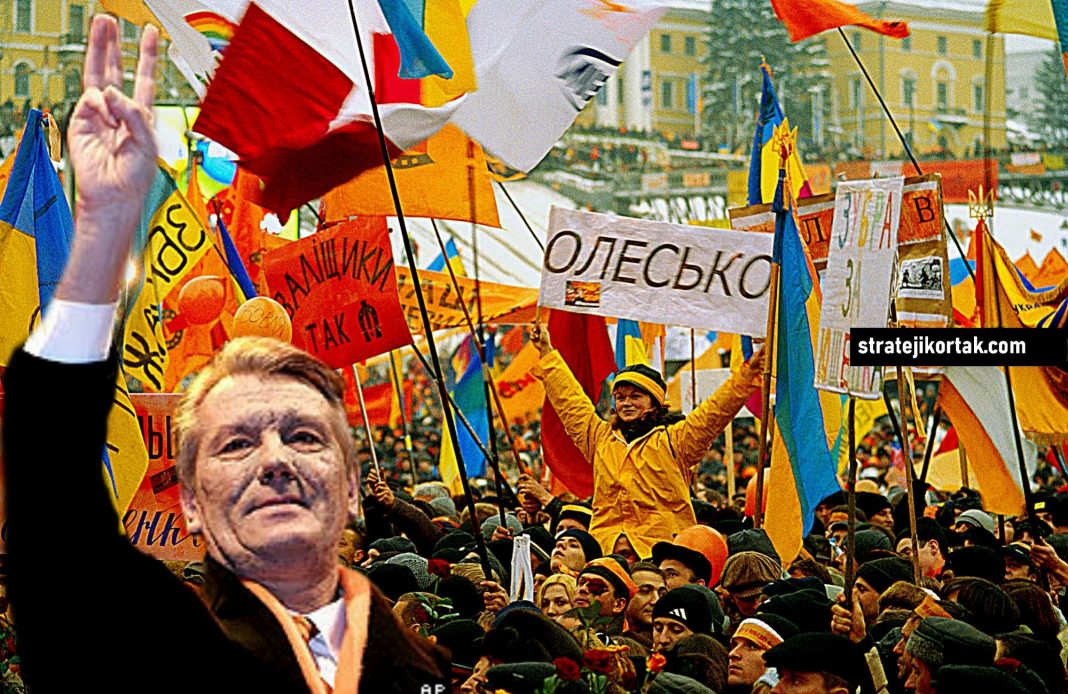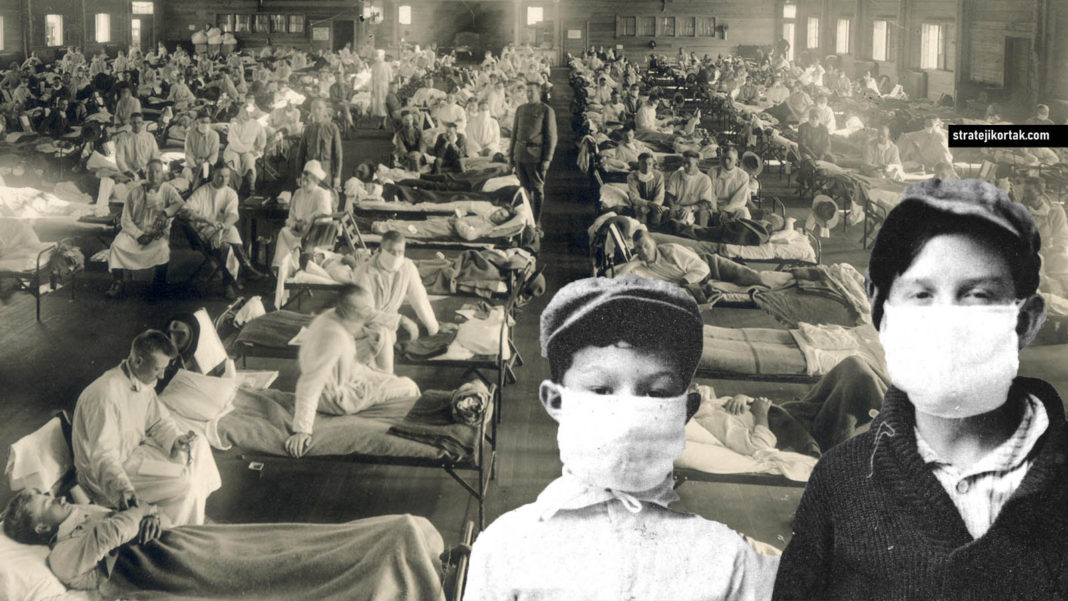Due to the location of Ukraine, it gained its independence in 1991 after the collapse of the USSR, but became an Eastern European country stuck between both the European Union and Russia in this post-communist period due to the conditions of the period (Köroğlu, 2015). Many states in the region – Central and Eastern Europe – have been transition countries both politically and economically as a result of the USSR distribution, and Ukraine is one of them. For almost all of Central Europe’s post-communist countries, the disintegration of communism has resulted in largely stable relations. Property has been de-statised to a large extent, and a commercial economy for consumer goods, labor, and property has been developed.
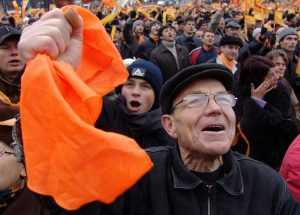
However it is important to consider both Ukraine’s domestic and foreign policies in order to comprehend the reasons for its current international attention. The unofficial but de facto separation of sectarian and ethnic tensions between the southeastern and western parts of Ukraine has resurfaced questions about how to ensure Ukraine’s internal integrity in the current formation following the fall of the USSR. The Orange Revolution, which began in 2004 and lasted until the end of 2005, was named in order to better understand shifting internal conditions and regional parameters, and Ukrainian domestic politics experienced very active days after this date. The Orange Revolution was a turning point for Ukraine; after this movement, whose ties with Russia had broken down and it had moved closer to the West, struggled for five years to maintain this character. So, how did Ukraine’s presence in the area affect Russia? In addition, before discussing the Orange Revolution, there are a few key points to consider.
Ukraine, as is well known, applies to a piece of land that was crucial in the development of Russian nationalism by the “Kievan Rus” as a result, maintaining hold of this piece of land is Russia’s top priority in terms of protecting Russian identity and historical requirements (Tüysüzoğlu, 2011). Ukraine’s significance to Russia is not limited to historical ties. The position of Ukraine is also critical in terms of Russia’s Black Sea Sovereignty. The word “Ukraine” comes from the Ukrainian word “Ukrayina / крaна,” which means “border” or “borderline’’ (Karadeli, 2014).
Ukraine exhibits the formal characteristics of a democracy and a capitalist society: the transition has resulted in comparatively high rate of price liberalization and small business privatization, with no industry consolidation. Politically, the country has a multi-party structure with fair elections that have ensured membership turnover in the elected parliament and presidential authority (Lane, 2008). The name “Orange Revolution” comes from the Yushchenko campaign’s choice of color for its summer 2004 campaign. There was no ideological connotation of the color orange before.
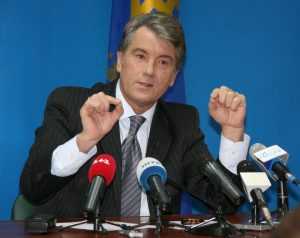
The typical Ukrainian blue and yellow colors may have been an option, but the greatest challenge to Yushchenkos candidacy was being branded a radical Western Ukrainian nationalist, particularly because the critical swing electorate lived in central Ukraine. In recent Ukrainian politics, the “Orange Revolution” was a pivotal occurrence. With the assistance of hundreds of thousands of protesters, the Yulia Tymoshenko bloc (BYuT), the Socialist Party of Ukraine (SPU), and other minor groups, Viktor Yushchenko secured the repeat second round of the 2004 presidential elections (Katchanovski, 2008).
The Central Election Commission, which was largely dominated by the government, postponed the declaration of the final vote counts for several days after the first round of the presidential election on October 31, arousing widespread fear of vote fraud. The Orange Revolution is made up of four cycles. The first and most important incident was the famous rally, which took place in many major cities across Ukraine but was centered in Kyiv’s Maidan district. Following the second election, a city of 1,500 tents was quickly erected adjacent to Maidan on the Khreshchatyk, Kyiv’s main thoroughfare.
Hundreds of thousands of protesters flocked to the streets at all hours, swelling to hundreds of thousands every evening as Yushchenko and other revolutionary figures spoke from a major stage on the square, simultaneously televised, about their demands for equality and rights. Second the dialogue between the government and the opposition, led by Polish President Alexander Kwasniewski, Lithuanian President Valdas Adamkus, EU High Representative Javier Solana, and Russian State Duma Speaker Boris Gryzlov, was the second mechanism at work. Both Yanukovych and Yushchenko took part in the talks, which were aimed at reaching a consensus and a negotiated settlement.
The third stage took place in parliament and a number of trials, which dealt with numerous election-related grievances. The matter was turned over to the Supreme Court for adjudication after the Rada, Ukraine’s parliament, failed to ratify the official results announced by the Central Election Committee. The fourth and final case was the signing of a constitution-amending agreement between the incumbents and the opposition. On December 8, the Ukrainian parliament passed amendments significantly limiting the president’s authority, a topic of great concern to current President Kuchma and his colleagues in light of the opposition’s expected victory. In exchange, the parliament adopted amendments to electoral legislation advocated by the opposition and aimed at reducing the possibility of fraud. Both parties decided to hold a rerun of the second round of elections in December as a result of the agreement (Mcfaul).
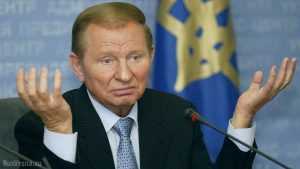
The election of 2004 was never really about problems. All of the leading candidates (Yushchenko, Yanukovych, Moroz, and Symonenko) used populist language, especially in the socioeconomic realm. As the election was described as a campaign pitting support for the authorities and the status quo (Yanukovych) against resistance to what had happened in the previous decade under Kuchma, issues got muddled. Hostility to Kuchma’s “bandit regime” brought together unusual bedfellows like socialist Moroz and liberal Yushchenko.
Moroz and Yushchenko shared a commitment to democratization and the rule of law, as well as the view that injustice would be eradicated. Both candidates were opposed to the oligarchs, whom they linked to the government and thus to Yanukovych (Kuzio, 2005 ). This revolution not only provided votes, but also provided opportunities in other fields of life, such as the manufacturing sector, though there were still some issues. The following are pressing current issues: (1) almost absolute government possession, or at least management power, over all forests; (2) latent mistrust of government (in certain regions and segments of the population) following decades of communist rule until 1991, and a decade of oligarchic governance until the Orange Revolution; (3) ties between country-wide democratization and citizen participation in forest management; (4) Inexperience with democratic governance of forest groups, alliances, and institutions; (5) and a lack of consistent pathways to a potential equilibrium between government, economies, and forest ownership, management, and security (Soloviy, 2005).
Apart from the fact that economic challenges, which are the most pressing issues in sight, threaten all regions, the use of old and traditional infrastructure, despite the fact that the land in the agricultural and industrial sectors of the country is suitable, is one of the most significant factors in the country’s failure to achieve the desired growth in these areas. The preference of Russian-friendly voters, Victor Yanukovich of the Party of Regions and Victor Yuschenko of the Our Ukraine campaign, faced the most intense rivalry since Ukraine’s independence. Victor Yuschenko, who first emerged in the polls in early September, became ill unexpectedly. Victor Yuschenko, who was being examined in a Vienna hospital, was thought to have been poisoned by a drug called dioxin.
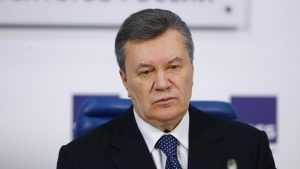
Among the significant revolutions that decided the country’s destiny were the Orange Revolution in Ukraine, the Velvet Revolution in Czechoslovakia in 1989, the Rose Revolution in Georgia in 2003, and the Tulip Revolution in Kyrgyzstan a year later. Another striking finding of the study is that these movements, dubbed by various names, used the word “enough” as a rallying cry.
During the Arab Spring, the Arabic term “al-kifaya,” which means “enough,” was used in demonstrations precisely at this time. Were these revolutions a continuation of each other? Despite the Orange Revolution, which began on November 22 in Maidan and resulted in up to a million demonstrations, Yanukovich claimed victory based on official election returns. Vladimir Putin, President of the Russian Federation, was one of the first leaders to acknowledge the election outcome.
The demonstrators alleged that the election results in some towns, such as Lviv, were rigged and requested that the elections be held again in a transparent manner (Kubicek, 2008 ). The second election, which was held on December 26th, drew many observers and volunteers from all over the world. Despite minor issues around the region, Yushchenko won 51.99 percent of the vote, putting him ahead of Yanukovich (44.20 percent ). Viktor Yushchenko became Ukraine’s new president after the official results were revealed on January 10, 2005. On January 23, Yushchenko took office by repeating the inaugural ceremony in front of the crowd gathering in Maidan (Şirin, 2019).
Yushchenko’s great supporter and at times more prominent than Yushchenko, the Block leader Yuliya Timoshenko, became Prime Minister of Ukraine under Yushchenko in January 2005 during the events of the Orange Revolution. About the fact that Viktor Yanukovich seemed to embrace defeat, he began his work by remaining in the political sphere. Yanukovich, in particular, returned to politics as Prime Minister after the victory of the Party of Regions in the 2006 parliamentary elections (Copsey, https://www.sussex.ac.uk/webteam/gateway/file.php?name=epern-election-briefing-no-24.pdf&site=266). The Orange Revolution has evolved into a phenomenon that will not only encourage future revolutions, but will also end certain events in Ukraine. With the exception of a few small to medium-sized accidents, the Ukrainian Secret Service was able to avert the feared bloodshed.
During the Orange Revolution, it became clear that Ukraine was more than just a country; it was a strategic location for many countries around the world. The Orange Revolution and the emergence of a pro-Western government were unquestionably detrimental to the Russian Federation’s interests. The Russian Federation, however, as the inheritor of a significant political dynamic, did not waste much time in putting in place the necessary measures to reverse the destructive situation in its area of interest.
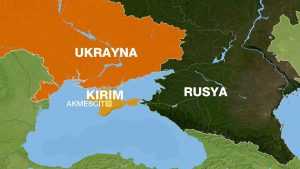
To address the issues, Ukraine has begun to train new pro-western actors. The Orange Revolution was welcomed as a new beginning to contend with the challenges of an autonomous Ukraine, despite the fact that it did not constitute a solution in and of itself. The Orange Revolution has drawn the attention of the whole world to Ukraine.
Following the fall of the Soviet Union, these events in Ukraine were seen for the first time as a phase in which the people demanded an end to corruption, oligarchy, and a life that met European expectations. One of Ukraine’s most significant targets, including those of its neighboring nations, has been membership in the European Union and integration. There were no obstacles in the way of Ukraine’s ambition of joining the European Union. Furthermore, during the events, Europe and the Western world stepped up their calls for governments to adapt to people’s demands and stressed the need for reform. Russia, on the other hand, suspected its adversaries of launching a coup by backing Yanukovich in exchange for EU membership. If the key feature of the orange revolution was the Ukrainian people’s antipathy toward Russia, the people had a lot of aspirations in terms of the economy.
When contemplating Ukrainian politics after the Orange Revolution, it’s important to figure out what has changed and what hasn’t. While the changes are important, there is a risk that they may be mistaken. The most dramatic move, Kuchma’s ouster from power, has far-reaching consequences. Another major growth, Ukrainians’ discovery of their own democratic society, is likely to have far-reaching consequences in the future, but what those consequences would be is still unknown (D’Anieri, 2005). A gestation period before the polls, during which a constitutional crisis weakened popular support for the government and the governing class, was one of the necessary reasons for the Orange Revolution’s success. The election’s political importance was also important.
This elections were more than just elections; they were a political tipping point that could lead to either centralized autocracy or consolidated democracy (Kuzio, Everyday Ukrainians and the Orange Revolution). In the run-up to elections due in 2006, Kazakhstan and Belarus (in the run-up to elections due in 2006) and Russia (with its next electoral period due in 2007–8), Ukrainian NGOs played a significant role in the 2004 election, resulting in a prominent backlash against the ‘Western-funded’ third sector in the more nervously repressive post-Soviet nations (Wilson, 2006).
On the other hand, it is said that the nation gained ground in terms of electoral rivalry and pluralism after the Orange Revolution, but this could not be translated into a long-term development program by perpetuating political turmoil and crisis. However, given that the public’s vote was used to determine the effectiveness of the process, the legitimacy of these remarks is questioned. Some argue that the EU’s “Russia-first” stance is the reason why Ukraine has been unable to progress through democratization and integration into Europe (Solonenko, 2009). It is expected to continue the analysis by looking at Ukraine’s ties with the European Union. As a result, the condition of the region’s foreign policy, which is referred to as Russia’s backyard, will be examined when considering Ukraine, an Eastern European republic, in a broader context.
Sümeyra Tahta
Stratejik Ortak Misafir Yazarı
Copsey, N. (https://www.sussex.ac.uk/webteam/gateway/file.php?name=epern-election-briefing-no-24.pdf&site=266). Europe and the Ukrainian Parliamentary Elections of 2006. European Parties Elections and Referendums Network.
D’Anieri, P. (2005). What Has Changed in Ukrainian Politics? Assessing the Implications of the Orange Revolution . Problems of Post -Communism , 82-91.
Karadeli, C. (2014). Ortaçağ’dan Günümüze Ukrayna’nın Kısa Tarihi, “Uluslararası Politikada Ukrayna Krizi”. İstanbul: Beta Yayınları.
Katchanovski, I. (2008). The Orange Evolution? The “Orange Revolution” and Political Changes in Ukraine. Post-Soviet Affairs, 351-382.
Köroğlu, N. Ö. (2015). Avrupa Birliği ve Rusya’nın Güç Alanları Arasında Kalan Ukrayna’da Yaşanan Halk Ayaklanmaları: “Turuncu Devrim” ve “Meydan Devrimi”. Elektronik Siyaset Bilimi Araştırmaları Dergisi , 31-52, https://www.esbadergisi.com/images/sayi10/ukrayna-makale.pdf.
Kubicek, P. (2008 ). The History of Ukraine. London: Greenwood Publishing Group.
Kuzio, T. (2005 ). From Kuchma to Yushchenko Ukraine’s 2004 Presidential Elections and the Orange Revolution. Problems of Post-Communism, 29-44, DOI: 10.1080/10758216.2005.11052197.
Kuzio, T. (tarih yok). Everyday Ukrainians and the Orange Revolution. http://www.taraskuzio.com/books6_files/chapters-carnegie.pdf.
Lane, D. (2008). The Orange Revolution: ‘People’s Revolution’ or Revolutionary Coup? The British Journal of Politics and International Relations , 525-549, doi: 10.1111/j.1467-856x.2008.00343.x.
Mcfaul, A. A.-M. (tarih yok). Introduction: Perspectives on the Orange Revolution. https://fsi-live.s3.us-west-1.amazonaws.com/s3fs-public/Introduction.pdf .
Solonenko, I. (2009). “External democracy promotion in Ukraine: The role of the European Union”. Democratization.
Soloviy, I. P. (2005). Forest Policy in Aroused Society: Ukrainian Post-Orange Revolution Challenges. Journal of Forest Policy and Economics, 60-69, https://doi.org/10.1016/j.forpol.2007.05.003.
Şirin, İ. M. (2019). ÖNCESİ VE SONRASI İLE UKRAYNA’DA MAİDAN SÜRECİ . İstanbul : İSTANBUL ÜNİVERSİTESİ, SOSYAL BİLİMLER ENSTİTÜSÜ, AVRASYA ARAŞTIRMALARI ANABİLİM DALI, YÜKSEK LİSANS TEZİ .
Tüysüzoğlu, G. (2011). UKRAYNA’DA TURUNCU DEVRİM’İN SONU. Gümüşhane Üniversitesi Sosyal Bilimler Elektronik Dergisi.
Wilson, A. (2006). Ukraine’s Orange Revolution, NGOs and the Role of the West. Cambridge Review of International Affairs, 21-32, DOI: 10.1080/09557570500501747.
[/vc_toggle]

